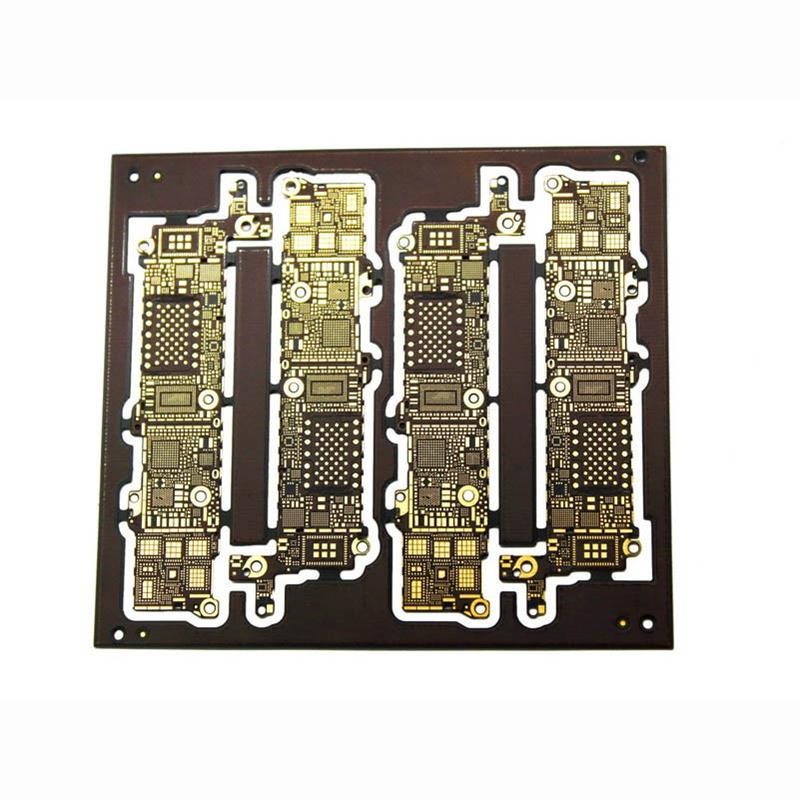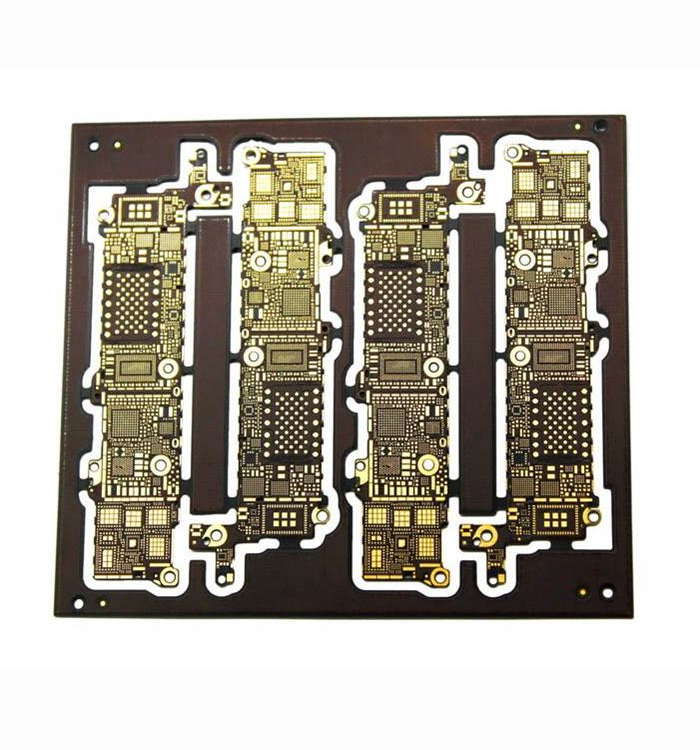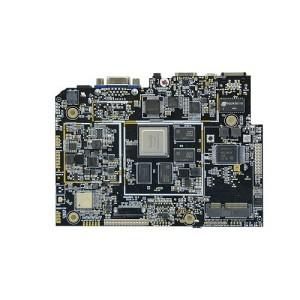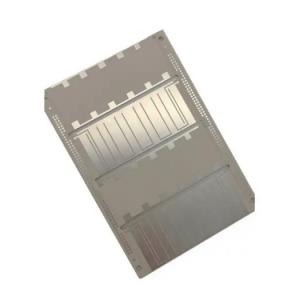Description
12 layer 2step HDI high-precision buried blind hole HDI PCB
Layers: 12
PCB board thick: 2.0 ± 0.15 mm
Plate used: FR4 ShengYi
Minimum hole diameter: 0.1mm
Surface treatment: ENIG
BGA size: 0.25mm
Minimum trace width/distance: 0.13mm/0.15mm
Blind hole structure: 3R+6F+3R (12 layer 2step HDI)
Process characteristics: HDI blind hole process, high BGA density, small spacing between hole to trace
Application field: high-end digital camera
A 2-stage HDI PCB refers to a multilayer printed circuit board (PCB) manufactured using High-Density Interconnect (HDI) technology. It is characterized by the use of micro-blind vias and buried vias for interlayer connection inside the PCB, thereby improving the wiring density and performance of the PCB.
The manufacturing process of a 2-stage HDI PCB generally includes the following steps:
1. Inner layer circuit fabrication: Form copper foil circuit patterns on the inner substrate.
2. Lamination: Bond the inner substrate with the outer substrate together through the lamination process.
3. Drilling: Use laser drilling technology to drill holes on the PCB, including blind vias and buried vias.
4. Copper plating: Copper plating is performed in the drilled holes to increase conductivity.
5. Outer layer circuit fabrication: Form copper foil circuit patterns on the outer layer of the PCB.
6. Surface treatment: Perform surface treatment on the PCB, such as solder mask and silk screen printing.
A 2-stage HDI PCB has higher density, better performance and smaller size compared to traditional PCBs. It is often used in high-end electronic products such as mobile phones, tablet computers, and notebook computers.







